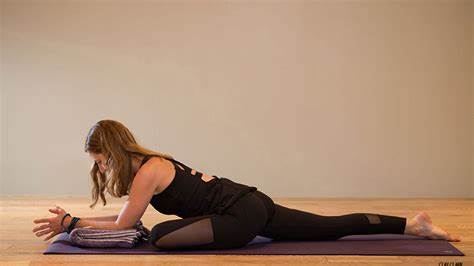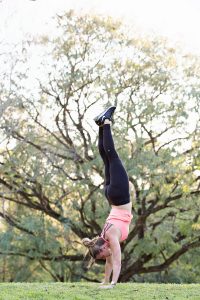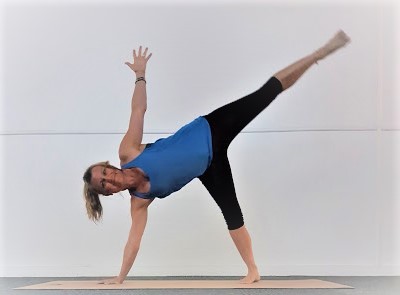Have you ever floated out of your weekly yoga class and wished you could feel just as light, aligned, calm and energised every day?
The benefits of practicing yoga regularly extend far beyond being able to set your own timetable.
As a teacher, I’m often asked to design a home practice for a student, so they can reap the physical benefits and to gain that oasis of calm and clarity a yoga practice brings.
Regular practice can expedite building strength and flexibility in the muscles and the mastering of those tricky postures, yet more profoundly, it can effect some of the more subtle rewards that yoga can provide.
“If you practice yoga once a week, you will change your mind.
If you practice twice a week, you will change your body.
If you practice every day, you will change your life.”
In today’s stressful world, practicing yoga regularly allows you to discover your home within, to understand your own rhythms and to learn how to centre yourself.
Yoga teaches you to use the breath to better handle life’s obstacles and to take control of emotions.
The practice becomes yours, you are able to tap into the changing rhythms of your body and emotions and adjust your practice accordingly.
Traditionally in India, yoga was taught one-on-one. The teacher would work with the student on an individually designed sequence suited to the student’s unique needs and body. From a therapeutic point of view, it makes sense to develop the time, space and skills to practice your own yoga sequence that you can adjust according to your unique body and it’s changing daily and seasonal needs and emotions.

If you are feeling low and tired, you can practice gently with restorative poses and work with, not against, your energy.

A morning practice can wake up the stiff sleepy body and set you right for the day ahead, while an evening practice can wind the body and mind down ensuring a peaceful transition between your day and a restful sleep.
For a woman, a regular yoga practice can support her throughout the hormonal fluctuations of life, from menstrual and pre and post natal practices to cooling practices to soothe menopausal hot flushes.
By no means should you ditch your weekly studio practice. You need to ensure you are practicing the fundamentals accurately, that your alignment is correct and to find fresh inspiration in new poses, new sequences and new transitions. Your studio yoga classes should compliment your home practice.
So where to start? Firstly carve out a weekly schedule; how long is realistic for you – 15 or 60 minutes a day? What works best for you morning or evenings? Are you looking for energy at the beginning of the day or to wind down at the end of the day – or both? Listen to your body, if you are fatigued do a more restorative yoga sequence, if you are feeling energetic, a more flowing-fast pace set of yoga poses.
You need to create a dedicated space for your mat, the space doesn’t need to be large, but it should be quiet, clean and uncluttered. (If it’s not clean, you’ll be staring at the dust thinking I ought to clean that instead of doing this, happens to me regularly).
Sun salutations are a great way of practicing as they thread together poses that involve different parts of the body. Cool down with forward bends and twists and finish with restorative poses. As you progress you can include more challenging arm balances, inversions and backbends.
Let your body be your teacher, listen to what it needs on any given day and move at your own pace. Learn to be curious and cultivate an attitude of playfulness and acceptance of where you are. Be present.
Ask your teacher if they can help you put together a unique home practice. Take the hardest step. The first one.

